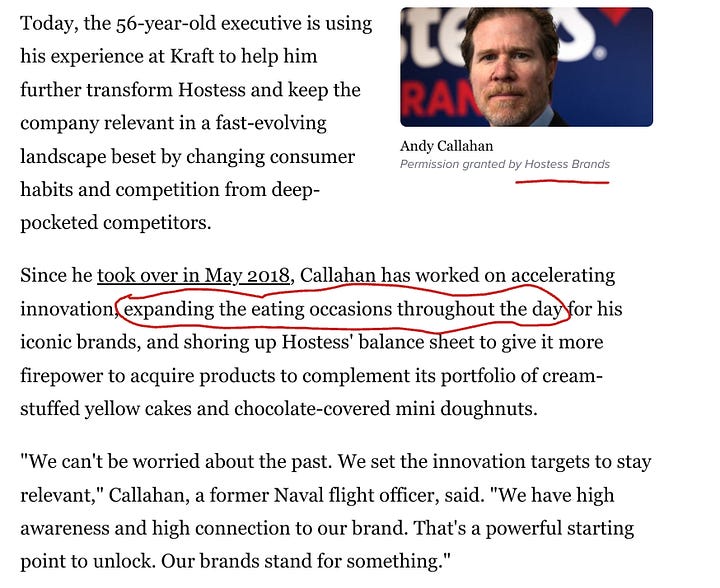The Big, Fat Problem
Excessive diets beget excess everywhere. It's time for new, leaner conversations.
I moved with my dad and stepmom to Boulder, Colorado from the Chicago area midway through high school in 1992. Because my mom was still in Chicago, I returned there a few times a year, and when I arrived at Chicago’s O’Hare airport, I was always flabbergasted by how fat everyone was —far fatter than my new home. I suppose fatness was normal for the 16 years I lived in Chicago, but it was brought into relief after moving to Colorado, which consistently ranks as one of the fittest states in the U.S.
The airport contrast reminds me of the movie Captain Fantastic, which is about a dad who raises his kids alone in the wilderness. When the family is forced to travel to the outside world, the children are shocked by what they see. In a bank, the kids remark:
What’s wrong with everyone? Are they sick? What do you mean? Everyone’s so fat. Yeah, they are. Fat like hippos.
The movie is right: everyone (or nearly everyone) is so fat. The CDC estimates that 73.6 percent of the U.S. adult population (20 and older) is overweight and 41.9 percent are obese. Perhaps more alarming are the statistics for kids. The prevalence of obesity was 19.7 percent (14.7 million kids) for children and adolescents aged 2 to 19. This means the majority of Americans are overweight, and nearly half are obese.
Being fat and obese is not just an aesthetic problem, though it’s that too. A University of Oxford study found that “moderate obesity, which is now common, reduces life expectancy by about 3 years.” Another study from the Journal of American Medical Association found “The risk of developing diabetes, gallstones, hypertension, heart disease, and stroke increased with severity of overweight among both women and men.” Obesity was strongly correlated with COVID-related hospitalization and deaths.
Fatness also has implications for resource conservation and sustainability —a fact made evident by a recent Air New Zealand policy of weighing passengers before boarding international flights. Since gravity is a thing, the higher an object’s mass is, the more energy it takes to sustain its mass and move that object through space —this applies whether the conveyance is a body, a car, airplane, or whatever.
To my mind, the fat problem is the most critical one for redirecting humankind from its crash course with annihilation. Fat storage happens when calories exceed a person’s metabolic needs. Acting like the body’s self-storage unit, fat is stored for ostensible use at a later time. Excessive GHG emissions, pollution, and waste streams are what happen when people use more stuff than they need and the planet can sustain. Excess of all kinds is the fundamental problem. But if people can’t achieve healthy resource use for their own body, how are they expected to apply that to larger systems?


The causes and conditions of the fat problem are pretty straightforward: sedentary living combined with readily available, high-calorie, low-nutrition food, supercharged by ubiquitous marketing. But because many of the world’s largest companies are dependent on sedentary living —social media, car manufacturers, pharmaceutical companies —and low quality food, the trendlines get worse.
If there’s anything I want to convey in this newsletter, it’s that just because something has become normal, it does not mean it’s optimal. I can think of no better examples of sub-optimal normalcy than the normalization of fatness and obesity.
Dear reader: if you enjoyed this post, please give it a like, share it to anyone you think might enjoy it, and subscribe to the newsletter if you are not already. Thanks!


